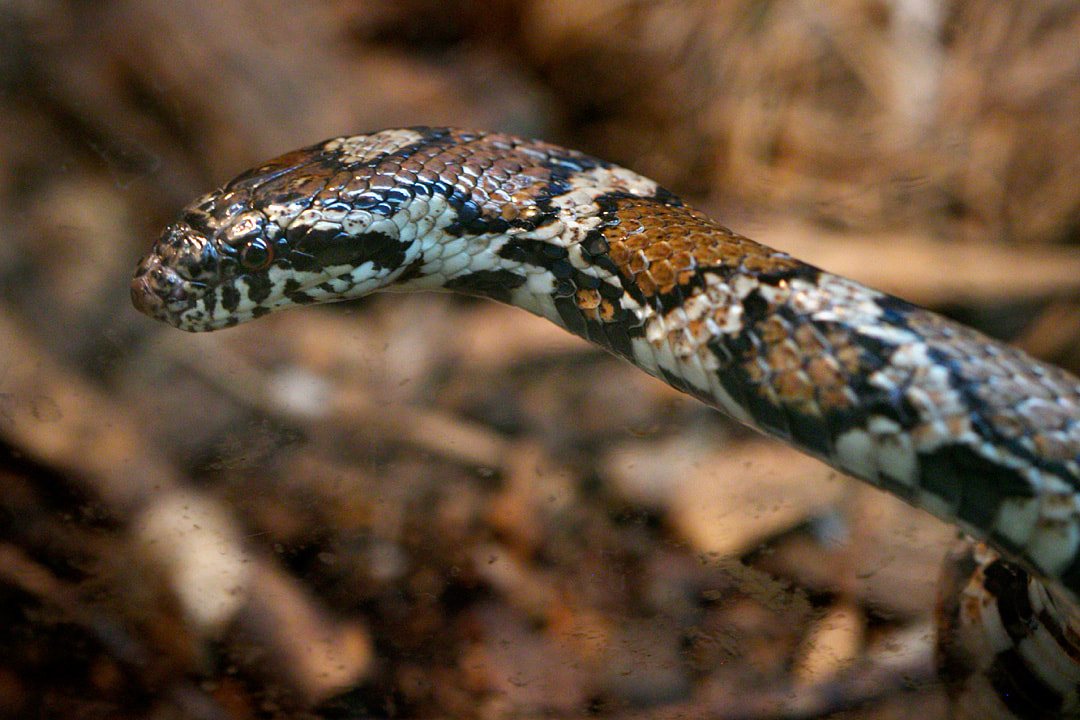
Juvenile Northern Black Racers usually do not seek winter refuge in human occupied dwellings. However, unlike the Eastern Ratsnake that may retain the juvenile pattern for several years, the pattern of the Northern Black Racer usually fades to a uniformed black within the first two years of life. Like the Eastern Ratsnake, black racers are also born with a blotched pattern. The blotch pattern of the Eastern Ratsnake do not extend to the sides.Įastern Copperhead vs. The hourglass pattern on the copperhead's back starts on the side of the snake. Venomous Eastern Copperheadīoth the Eastern Copperhead and Eastern Ratsnake are found state wide in Virginia. Luckily, copperheads don't usually seek winter refuge in human occupied dwellings. Frequently these snake will choose a house attic, crawlspace or basement.

As the Eastern Ratsnake ages the pattern fades and the snake becomes black, often with just a hint of the juvenile pattern remaining.Īround late August to mid October depending on the temperatures, Eastern Ratsnakes look for a nice warm place to wait out the upcoming winter. The Eastern Ratsnake starts life with a strong pattern of gray or brown blotches on a pale gray background. The most common snake misidentified as a copperhead is the harmless juvenile Eastern Ratsnake (formerly called the blackrat snake). If you see a copperhead, leave it alone and rest assured it will do its best to avoid you.Įastern Copperhead vs. While Copperheads are venomous they are very placid snakes that only bite if stepped on or otherwise threatened. Without copperheads and other rodent eating snakes there would be a drastic increase in crop/food damage and rodent spread diseases. It is far better to learn the pattern and coloration of a few snakes so that a specimen may be identified from a safe distance.Ĭopperheads play a pivotal role in controlling rodent populations. While close inspection of a snake's face and/or its bum is a definitive way to distinguish a venomous snake from a harmless species, it requires one to get dangerously close to a potently dangerous animal. Another characteristic of all Virginia's venomous snakes is the single row of scales on the underside of the tail after the anal plate (vent). All harmless snakes in Virginia have round pupils and lack the heat sensing pits. In addition to the heat sensing pit all three venomous snakes in Virginia have vertical pupils. The "pit" in pit-viper refers to the heating sensing pit located between the eye and the nostrils on the snake's head. The Eastern Copperhead is a pit-viper, as are all three of Virginia's venomous snake species (Eastern Copperhead, eastern cottonmouth and timber rattlesnake). Usually some of the crossbands are broken and do not connect. Eastern Copperheads have dark colored crossbands that are for the most part shaped like an hourglass.


 0 kommentar(er)
0 kommentar(er)
